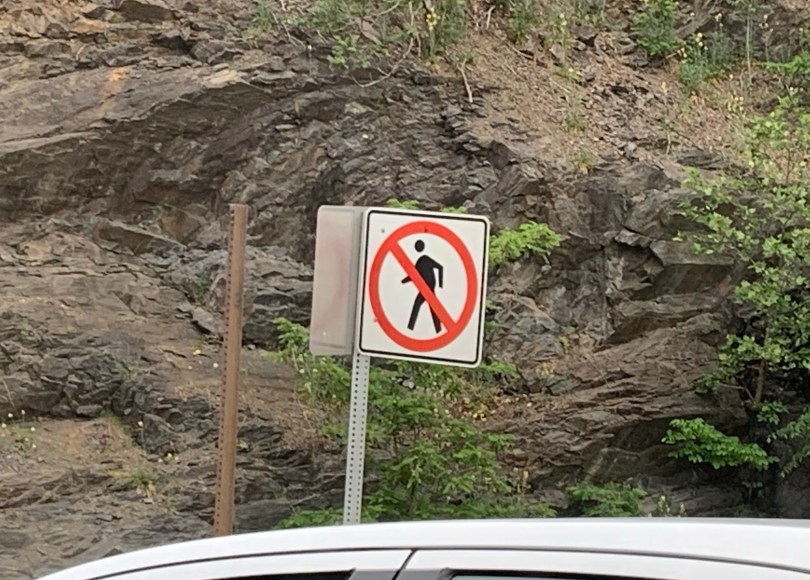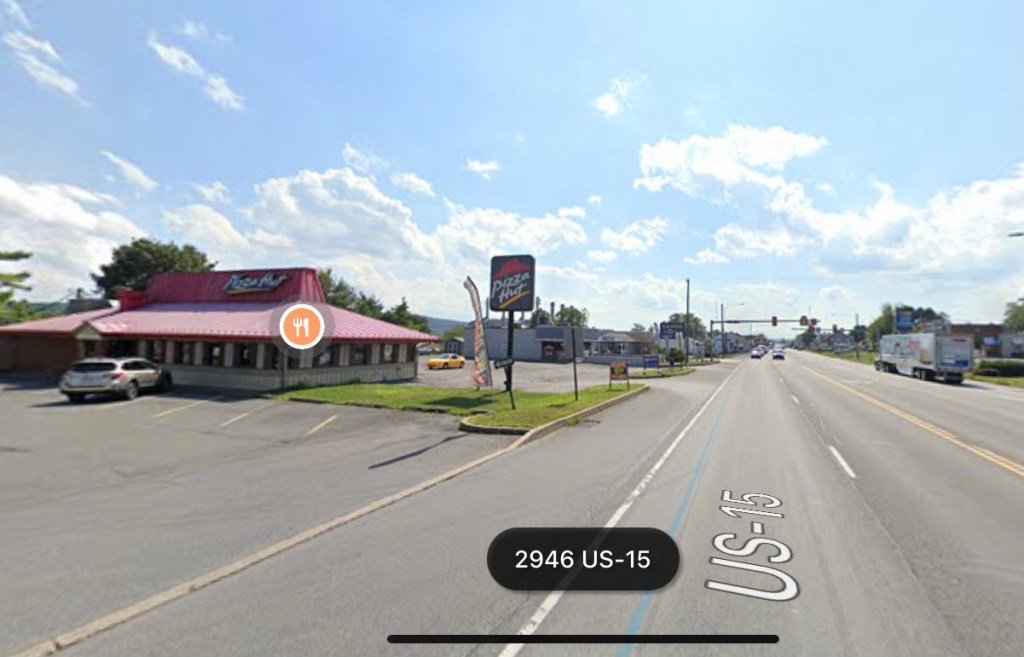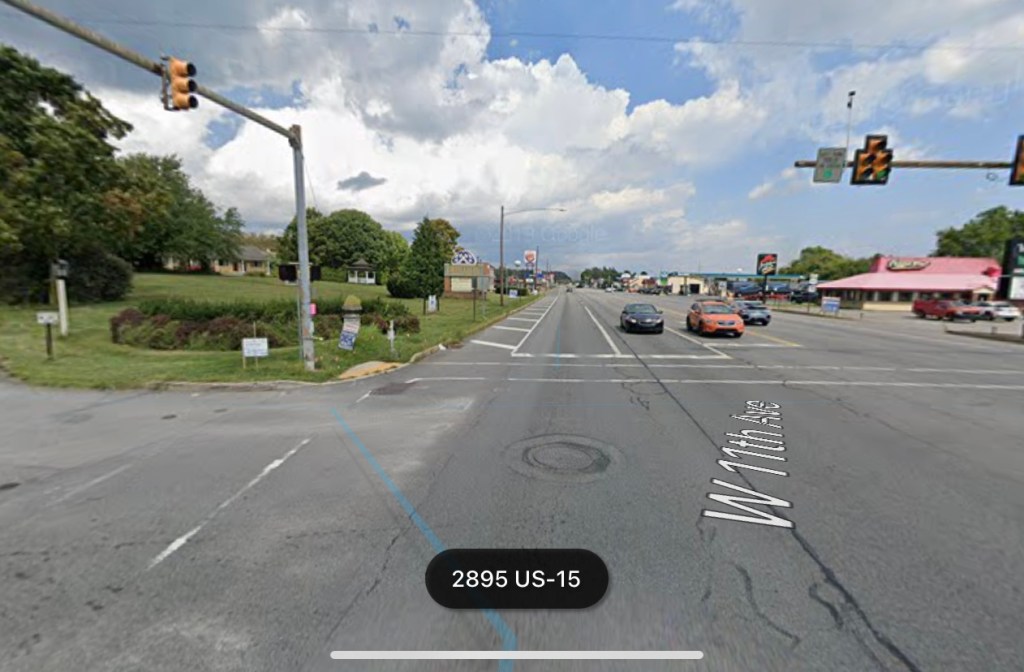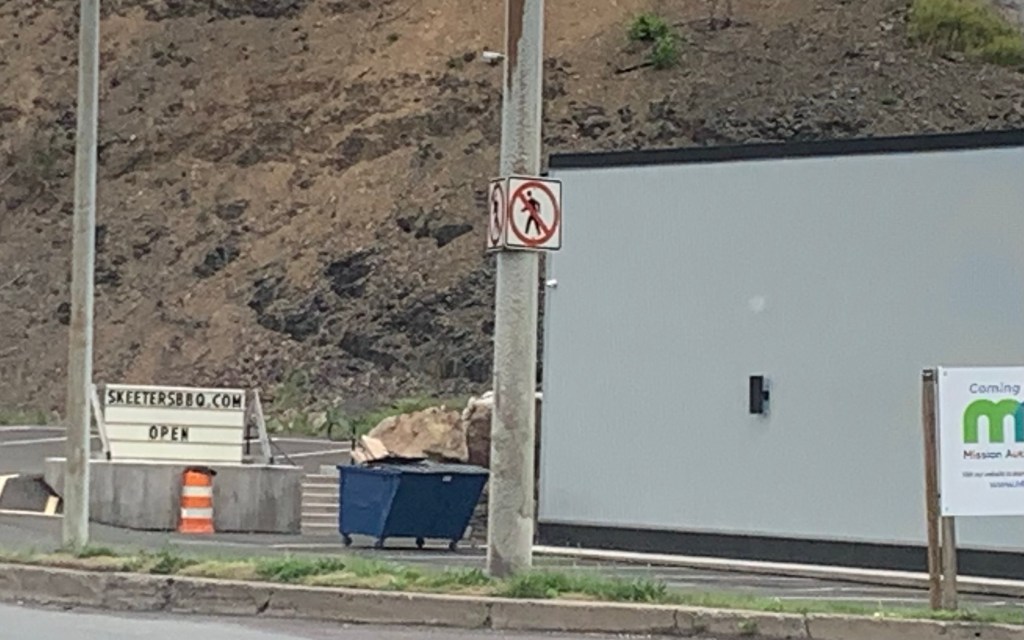
Written by Arian Horbovetz and originally published on The Urban Phoenix blog
Last weekend my wife and I enjoyed a quick overnight trip to one of our favorite cities, Philadelphia, PA. In an effort to avoid toll roads, we took Route 15 for much of the way through the Keystone State, marveling at the beautiful rolling hills while skirting the Susquehanna River.
But in many places along the way, Route 15 transitions into Big Box Store Islands. One such place is in Shamokin Dam, home to massive parking lots servicing Best Buys and AutoZones, featuring every restaurant chain from McDonalds and Burger King to Pizza Hut, Chipotle, Denny’s, Red Robin, Applebee’s and more. What caught my eye on this particular journey through the minimum-wage wasteland was the total lack of sidewalks.
Let’s unpack this for a moment. We have a sea of low paying retail jobs that literally cannot be reached on foot or by bike. If you can’t afford a car, you don’t get a job here and you don’t get to shop here, plain and simple.
Furthermore, and this is my favorite… not only do they not have sidewalks, the local signage actually forbids pedestrians!
And beyond that, I tried to see if there might be a public transit option so that residents of nearby Selinsgrove, for example, might be able to access this area without owning a car. Spoiler alert, there is no public transit option.

A similar collection of big box retailers and chain restaurants exists south of Rochester, New York in the suburb of Henrietta. And while the land use and development strategies in this area are hideously car-centric and exclusive, at least it has sidewalks on both sides of the road and regular transit access.

Shamokin Dam, on the other hand, is an island of minimum wage jobs that is only accessible by the most expensive form of transportation. Pennsylvania’s citizens living in this area must own a car and all the incredible costs that come with it in order to access these retail opportunities, either as an employee or as a customer. This is a perfect example of how flawed and shortsighted our U.S. development patterns and land use constructs truly are.





